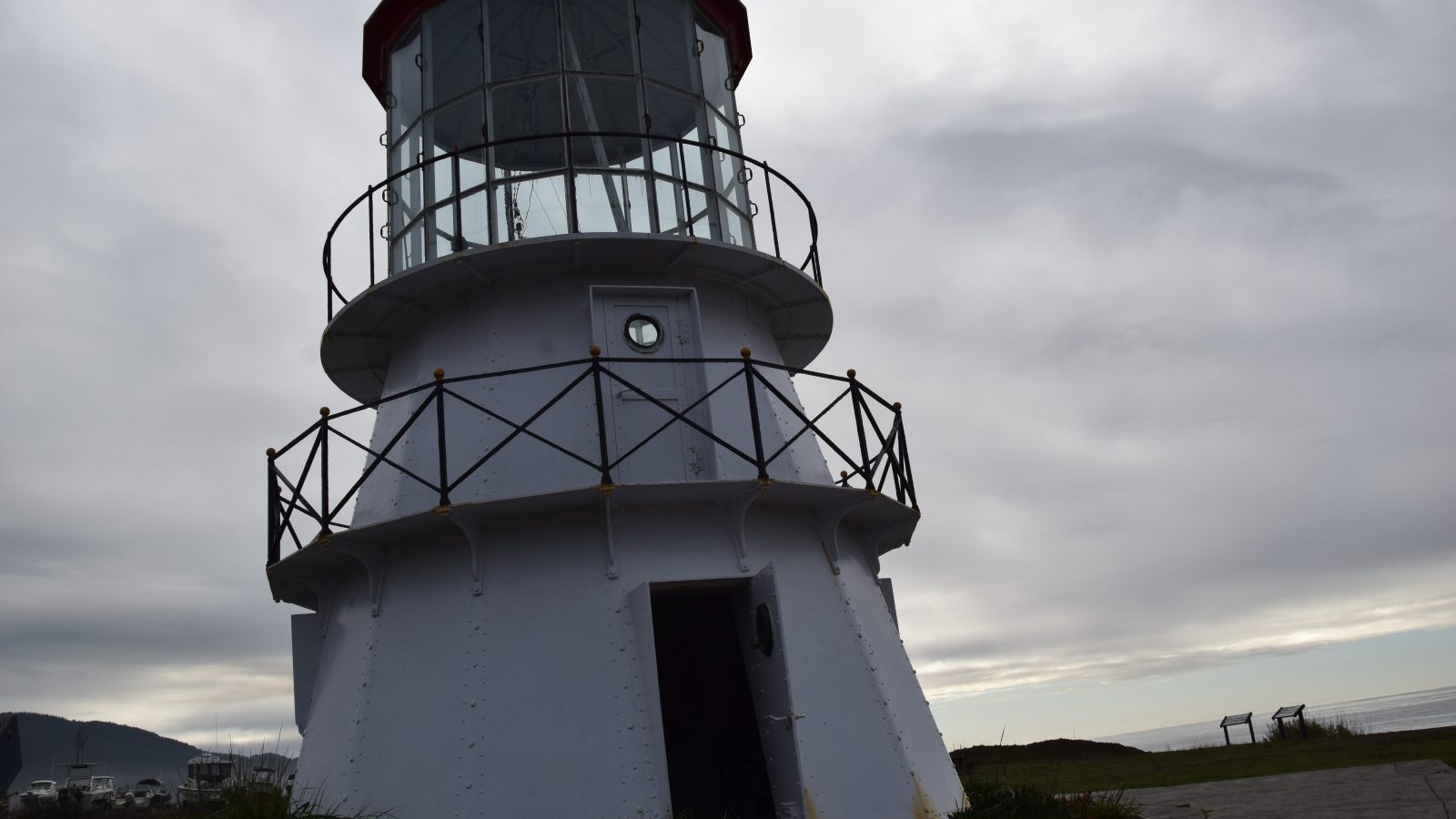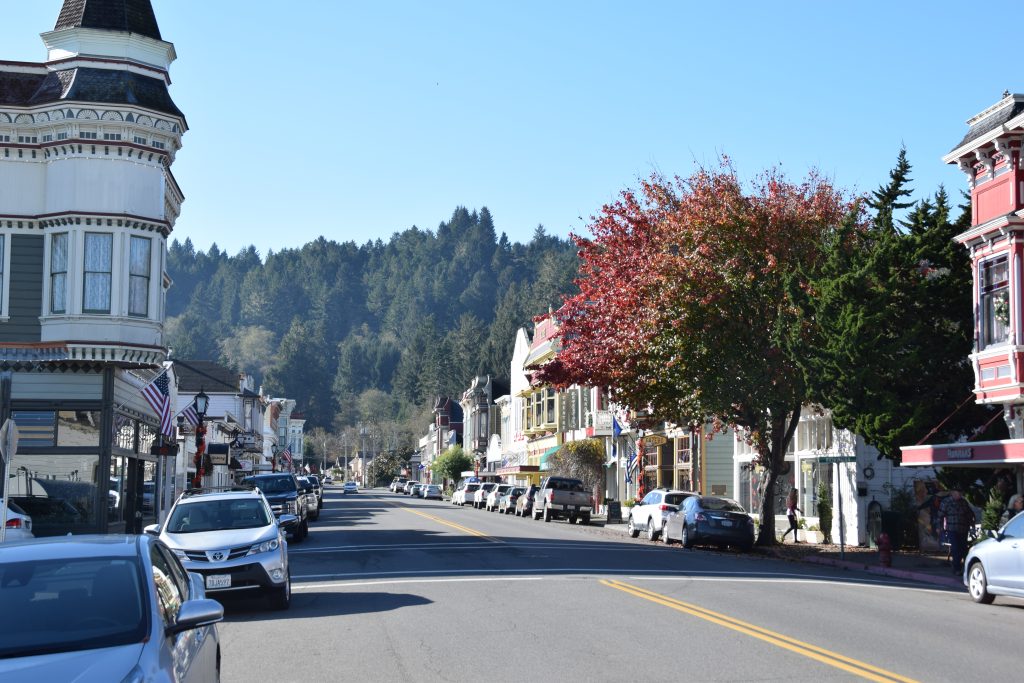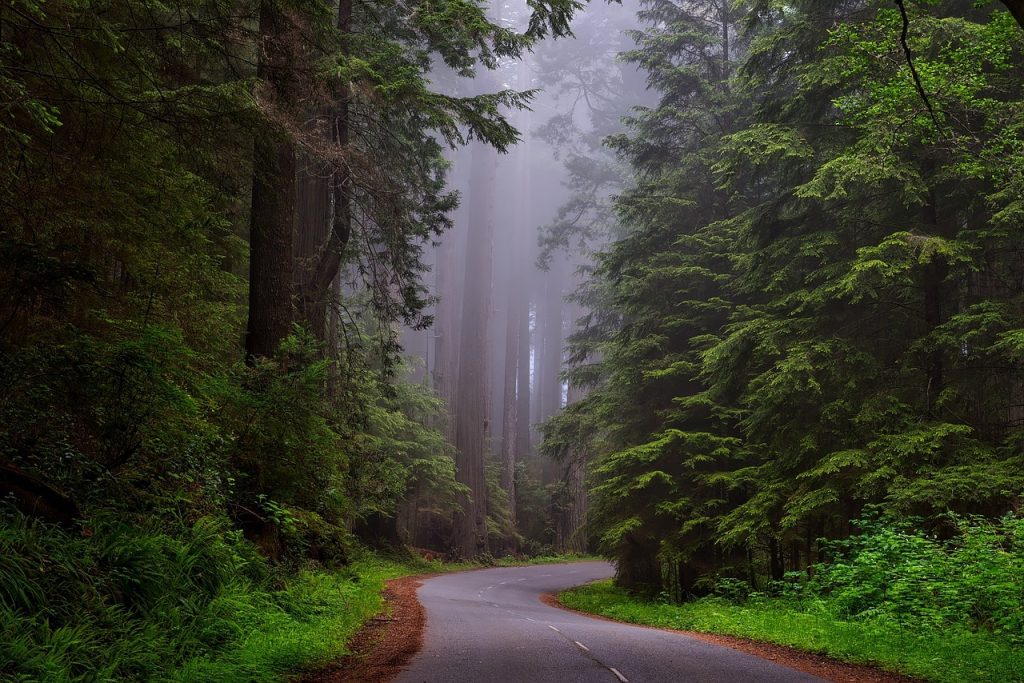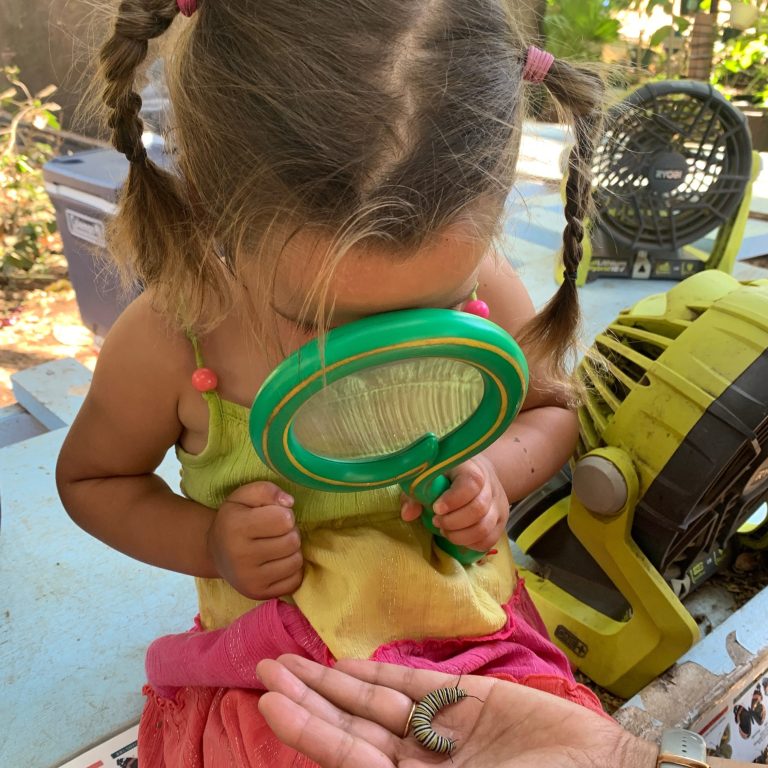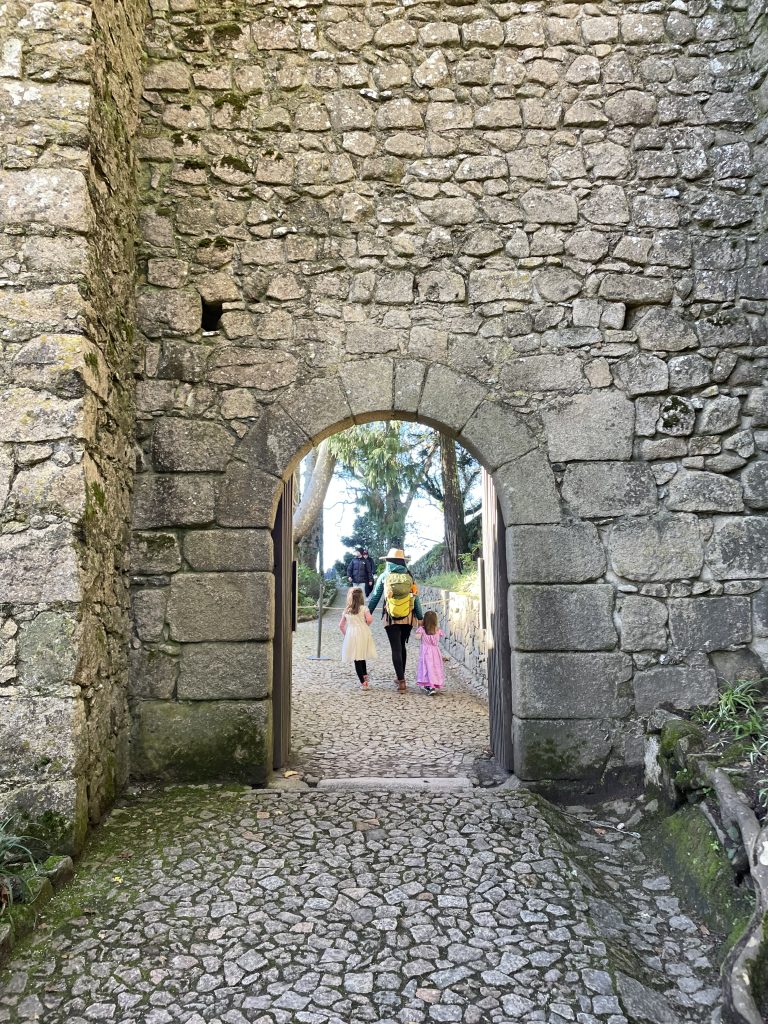I love lighthouses. I have written a few posts about lighthouses on this blog and am always looking for an excuse to visit a new one. I have a wall dedicated to pictures of my family in front of lighthouses, mostly of my partner tossing our girls in the air in front of them.
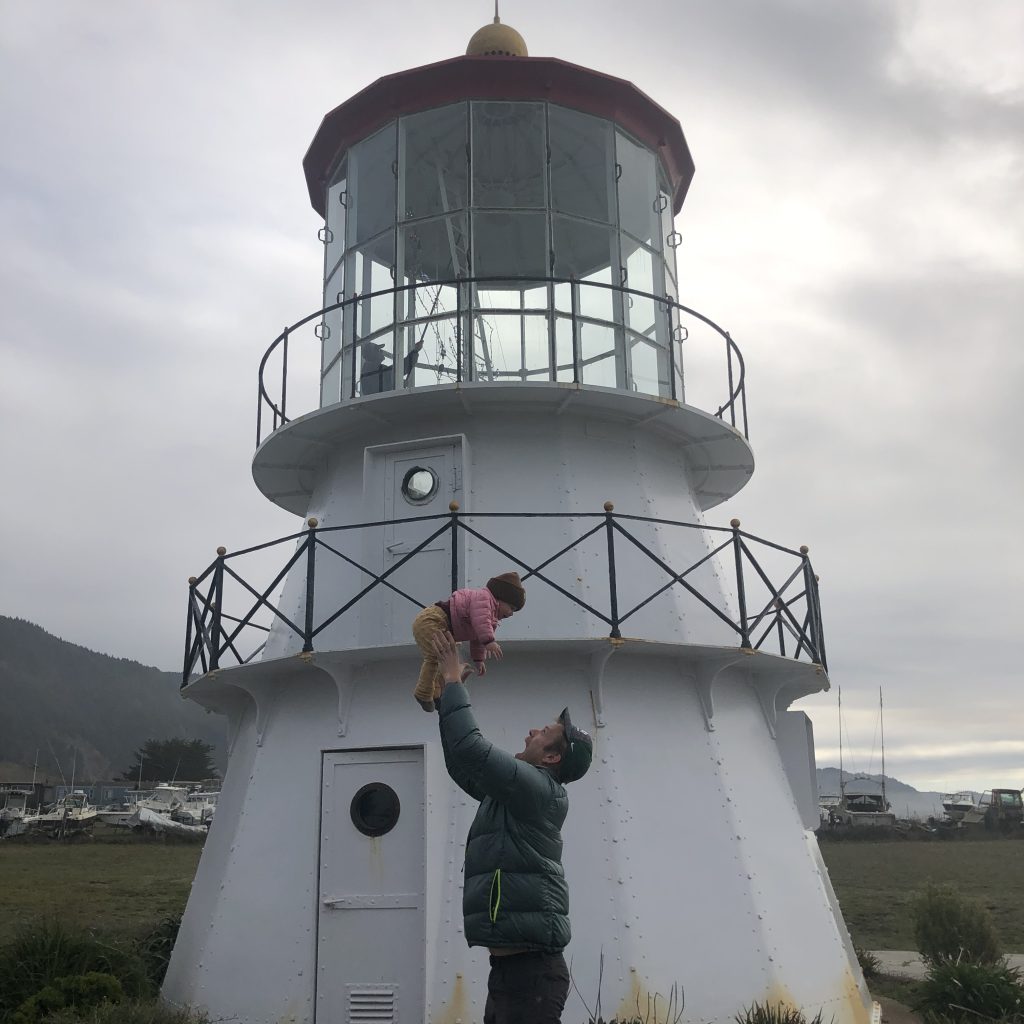
So you can imagine my excitement when I read that the Cape Mendocino Lighthouse was relocated from its original location at Cape Mendocino to Shelter Cove, aka the “Gateway to the Lost Coast,” just a 40 minute drive from where we were staying while visiting the Avenue of the Giants. I just had to go.
Shelter Cove is also the starting off point for the Lost Coast Trail – a five day backpacking trail along the only undeveloped coastline in California, and one that I’ve dreamed of hiking.
Only accessible by a 2-lane mountain highway that was the original wagon road from the 1800’s, by boat, or by airport, Shelter Cove feels very, well, sheltered! Here are some tips to make the most of your visit.
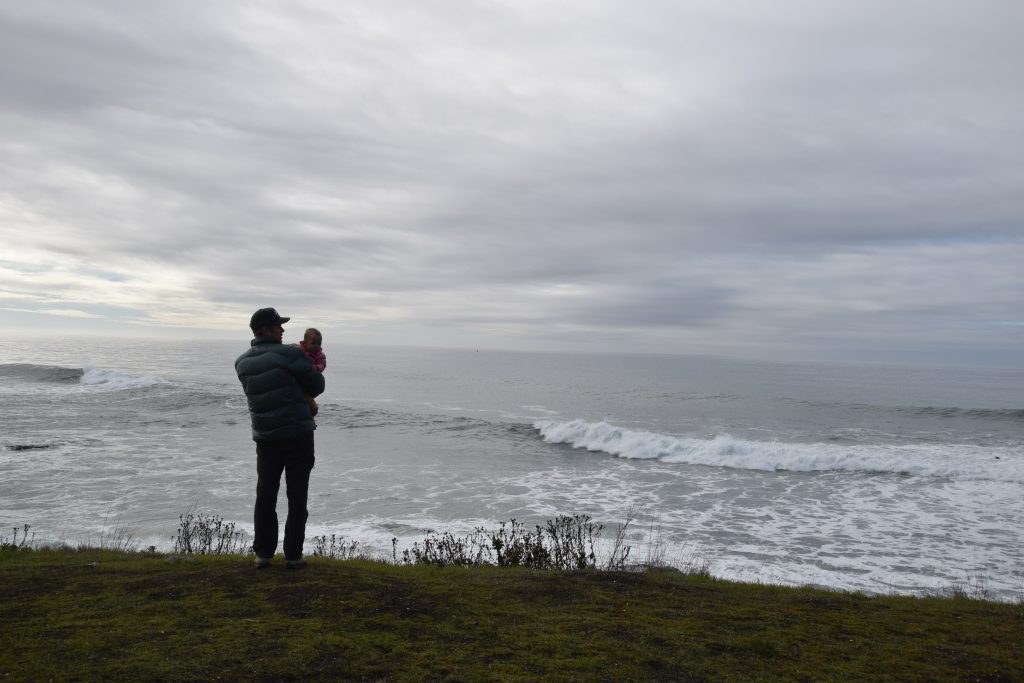
We respectfully acknowledge that Shelter Cove is located on the stolen and occupied lands of the Sinkyone tribe.
Before you go
- Shelter Cove is a 4 hour drive from the East Bay Area along HWY 101
- After about 3.5 hours along HWY 101, you drive for 45 minutes along a winding road that made my kids car sick! Bring buckets just in case.
- Research open days and hours for the places you want to visit. This small town has limited staff and limited hours.
What we packed
- Standard diaper bag essentials
- Beach essentials (towels, sand toys, beach mat, kite, and sunscreen)
- Stroller and/or baby carrier
- Cooler with snacks, lunch, and water
- Pack layers – the weather can be chilly at the beach but warm inland
Things to do in Shelter Cove with your kids
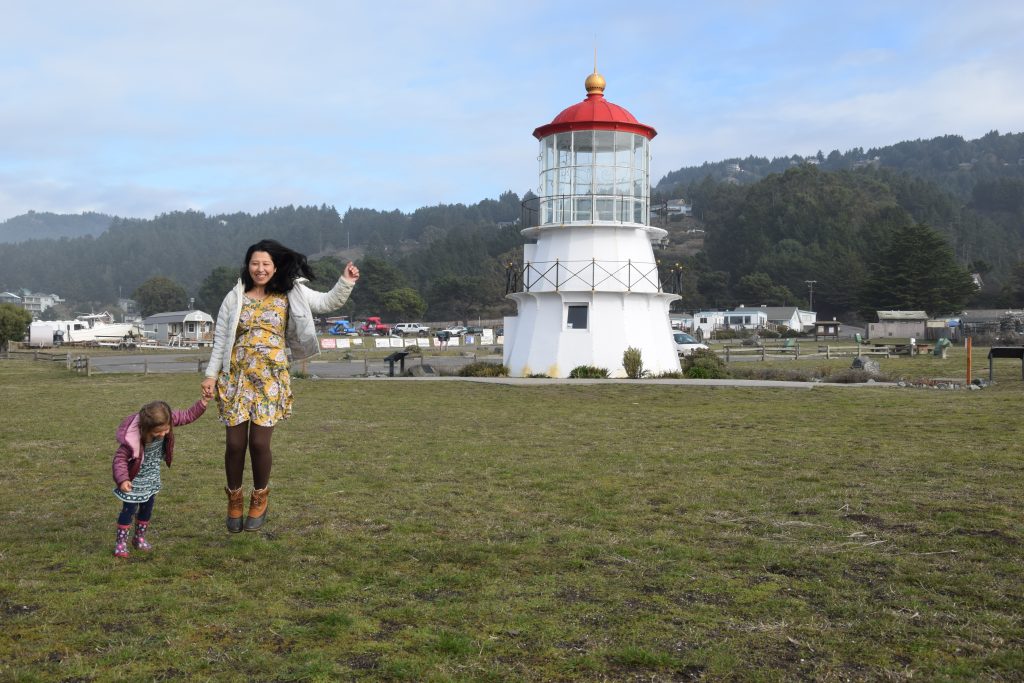
1. Visit the Cape Mendocino Lighthouse
This lighthouse was originally built on a cliff on Cape Mendocino in 1868 and moved to Shelter Cove in 1998.
The Cape Mendocino Lighthouse is a tiny white lighthouse in the middle of Mal Coombs Park. It sits on the bluff, overlooking a beautiful seascape. There are picnic tables in case you want to sit and enjoy a snack with your family.


From the parking lot, walk back to the street and then down to the beach. It took us a long time to figure out where the beach access was! Use the restrooms in the parking lot – they are clean and well taken care of and therefore safe for toddler use.
The beach is big, beautiful, expansive, and endless. We took some amazing photos there too and enjoyed the day. The waves are rough, so keep an eye on little ones who may be brave enough to venture closer to the water.
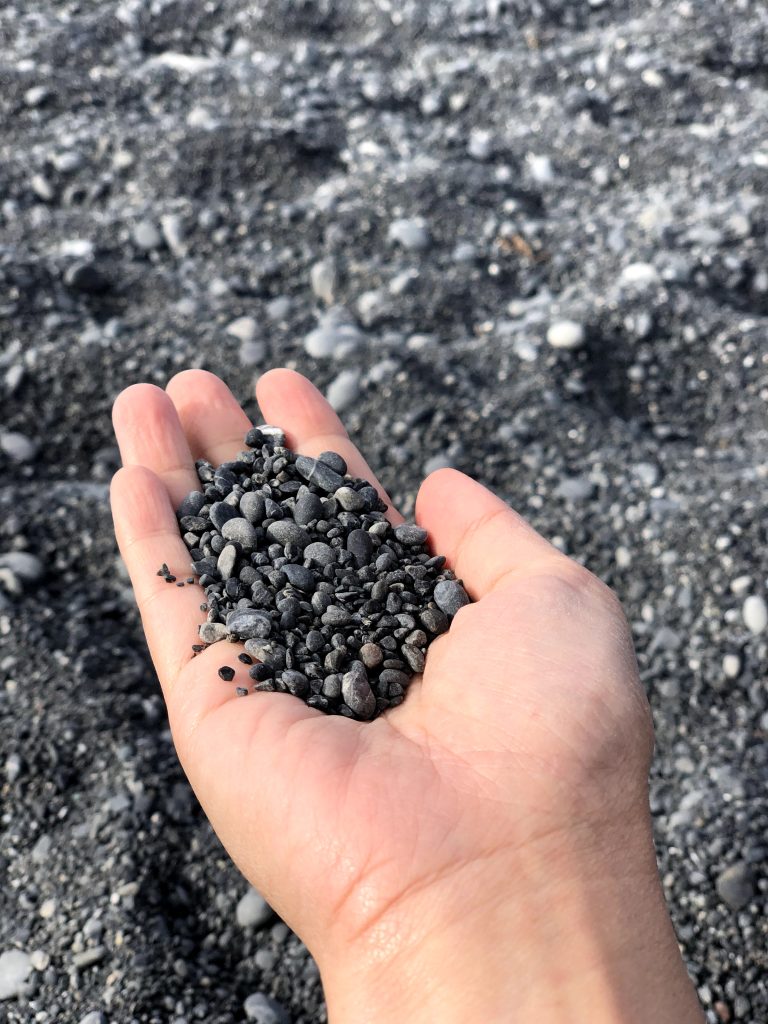
Where to Eat
Open from 10am-6pm every day, this deli was the only place we found open during lunchtime on a weekday.
Basically a liquor store type place with some hot food, the campground deli had a lot of fried food options on the menu and giant cookies. We tried their fish and chips and chowder – all were so-so.
Brewery
Self-proclaimed as “California’s most remote brewery,” this brewhouse has twelve rotating taps and the best food for dinner in town. The menu has pulled pork fries ($19), a range of delicious burgers (~$20), all listed with a recommended beer pairing.
The kids menu doubles as a coloring sheet and has kids’ favorites like fish and chips ($10), grilled cheese ($6), burgers ($9), and hot dogs ($8). Enjoy your dinner during the week or lunch on the weekend with a brew in-hand out on the patio.
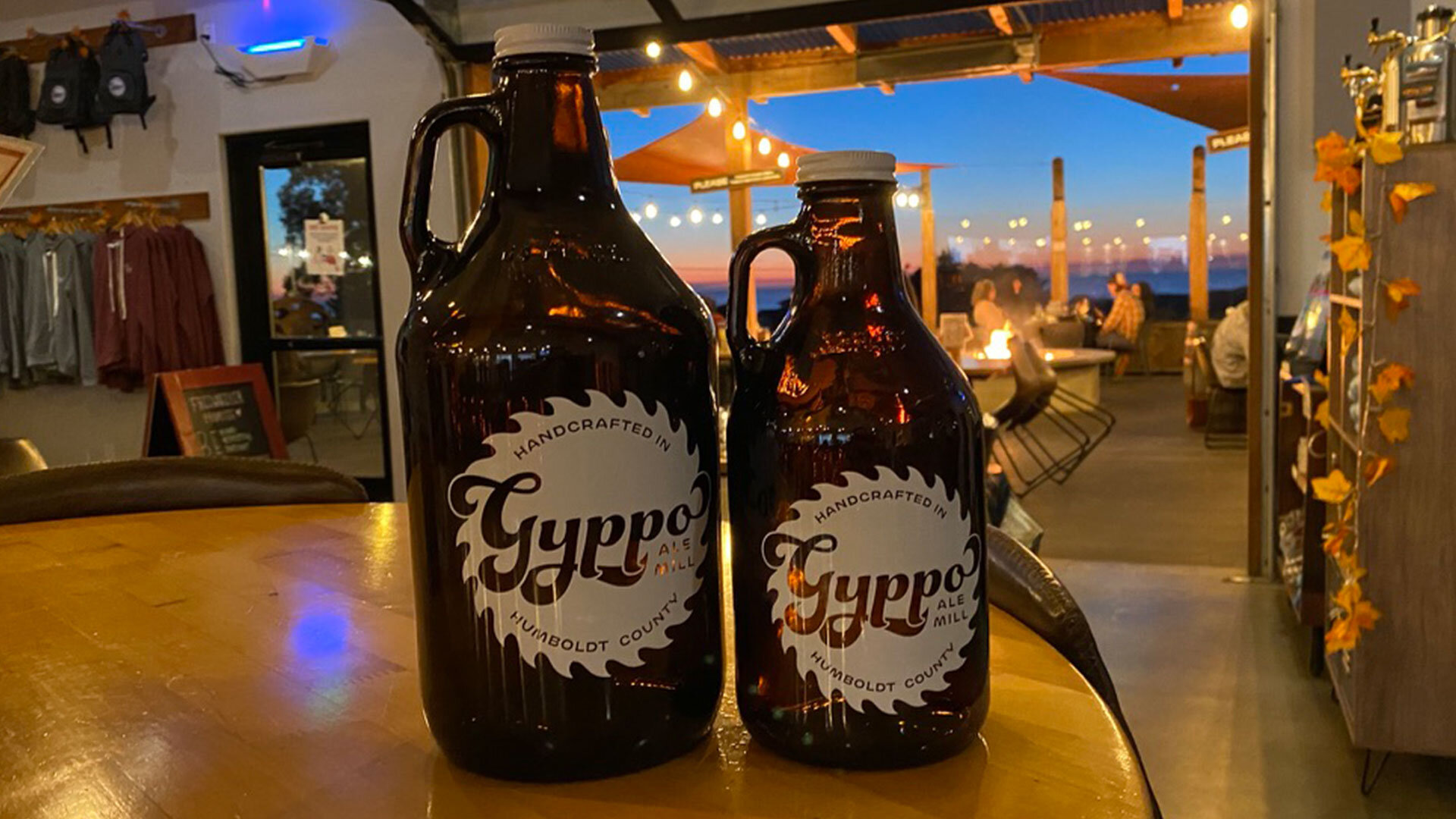
Shelter Cove was an odd and almost eerie place to visit. We saw very few people as we traveled about, and no families of color. There were a handful of people at the campground and even fewer at the restaurant. We met a few white male hikers returning from the Lost Coast trip who were very friendly, as most backpackers are, but encountered no one else on the beach. Where was everyone?

This city is strangely isolated in a way that makes it seem hard to get to. The winding road was not easy to drive, but no different than most mountain passes in the Sierra Nevada range in California that many people cross to go skiing. The difference seems to be that there just isn’t much to do once you arrive at this destination.
Although it felt like we were in a zombie apocalypse movie, it was actually pretty peaceful to have an entire black sand beach to ourselves. But, if it worries you to be in isolated areas with very few BIPOC, I may advise you do not come here unless you’re with a group of like-minded people.
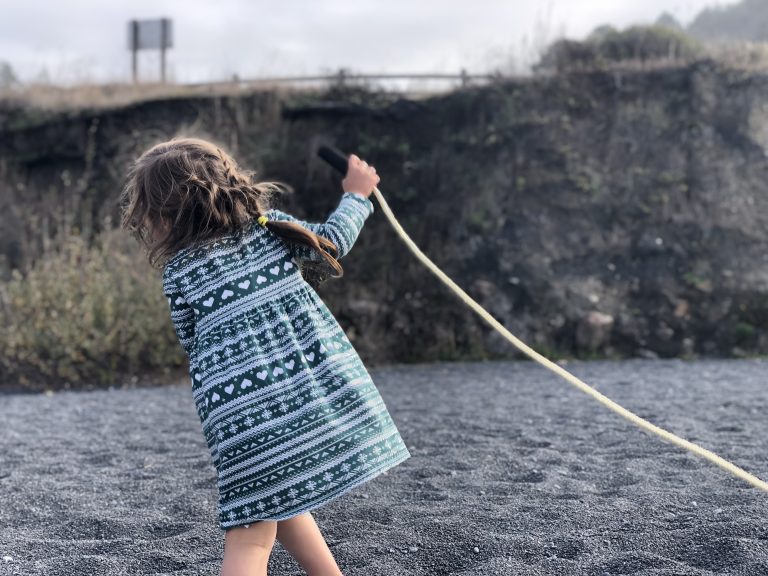
Before you go, take a look at the history of the area. Indigenous folks lived here from time immemorial, but their main camp called “the Willows” was violently attacked by a few white ranchers who believed their Indigenous neighbors were killing their cattle. The land was soon used for cattle ranching, as a major port for the logging business, and as a commercial fishing port. Getting permits to build in this conservation area has been difficult, and has limited development of the area. I tried to consider these historical facts while we explored the isolated town, and wondered how different the landscape looked for my Indigenous brothers and sisters on whose homeland we traveled.
Have you ever been to a town and wondered where all the people were? How did it make you feel? Share in the comments below.
This post is part of a series of posts about visiting the Avenue of the Giants with kids. Continue the adventure with us here:
Puerto Rican & Indigenous mama of two. Bay Area native. Salsa dancer. Backpacker. Doula. Angel (she/her/hers) is a co-founding member of the Beautiful Brown Adventures team. She has traveled to over 30 countries and loves to explore the world with her two daughters & partner - one ice cream shop at a time.
- Angelhttps://beautifulbrownadventures.com/author/angelcal/
- Angelhttps://beautifulbrownadventures.com/author/angelcal/
- Angelhttps://beautifulbrownadventures.com/author/angelcal/
- Angelhttps://beautifulbrownadventures.com/author/angelcal/
You might also enjoy
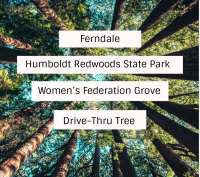 How to Do a 5-Day Road Trip Through the Avenue of the Giants with Kids
How to Do a 5-Day Road Trip Through the Avenue of the Giants with Kids
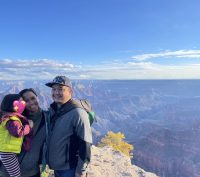 How to Visit the Grand Canyon’s North Rim with Kids
How to Visit the Grand Canyon’s North Rim with Kids
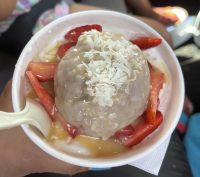 O‘ahu’s Tastiest Sweet Treats—and Where to Find Them
O‘ahu’s Tastiest Sweet Treats—and Where to Find Them
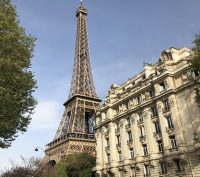 BBA’s Ultimate Guide to Traveling with Your Family to Paris, France
BBA’s Ultimate Guide to Traveling with Your Family to Paris, France
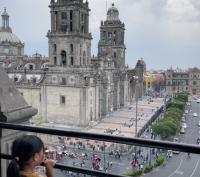 A Family-Friendly Guide to Mexico City: Top 10 Activities with Sample Itineraries
A Family-Friendly Guide to Mexico City: Top 10 Activities with Sample Itineraries

